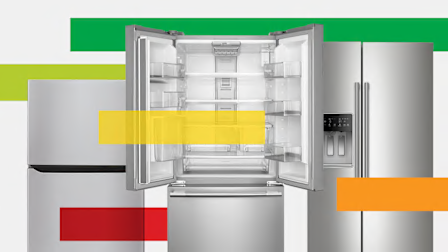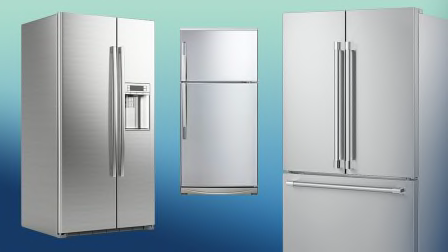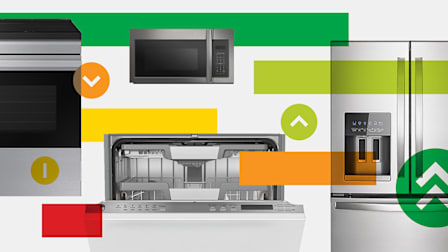6 Things You Should Never Do to Your Fridge
When you shop through retailer links on our site, we may earn affiliate commissions. 100% of the fees we collect are used to support our nonprofit mission. Learn more.

I haven’t broken a fridge yet in my lifetime, but I’ve come close.
A few years ago, the fridge I shared with roommates started making loud, alarming sounds and was having trouble cooling. To make things worse, our landlord told us he wasn’t going to buy a new fridge, so whatever was going on was a mystery we had to solve. We had a fridge that seemed to be on its last legs, and we needed to figure out what was killing it. Fast.
The answer came later in the afternoon when one of us realized the back of the fridge had been pressed directly against a wall. It was malfunctioning because it was unable to dissipate heat. We immediately cleared a gap, and afterward, it miraculously roared back to life.
Since that incident, I’ve become more aware that even a large, formidable-looking appliance like a refrigerator can be affected by something as small as a gap. If you don’t want to risk your fridge breaking down, here are six things you should never do, according to our experts.
Best Refrigerators
Here are the top performers in each fridge category, including French-door, side-by-side, top-freezers, bottom-freezers, built-in, and mini-fridges.
Want to make the most out of your fridge space? Follow these tips from our expert on how to keep food inside your fridge fresh.
@consumerreports Are you ready for a festive meal this #Thanksgiving? These tips will help ensure your foods stay fresh in the fridge. #TikTokHolidays #fridgeorganization #organizetok #kitchenorganization
♬ original sound - Consumer Reports
Best Appliances of the Year
Air Purifiers • Clothes Dryers • Coffee Makers • Dehumidifiers • Dishwashers • Freezers • Microwaves • Refrigerators • Vacuums • Washing Machines • Window Air Conditioners
































